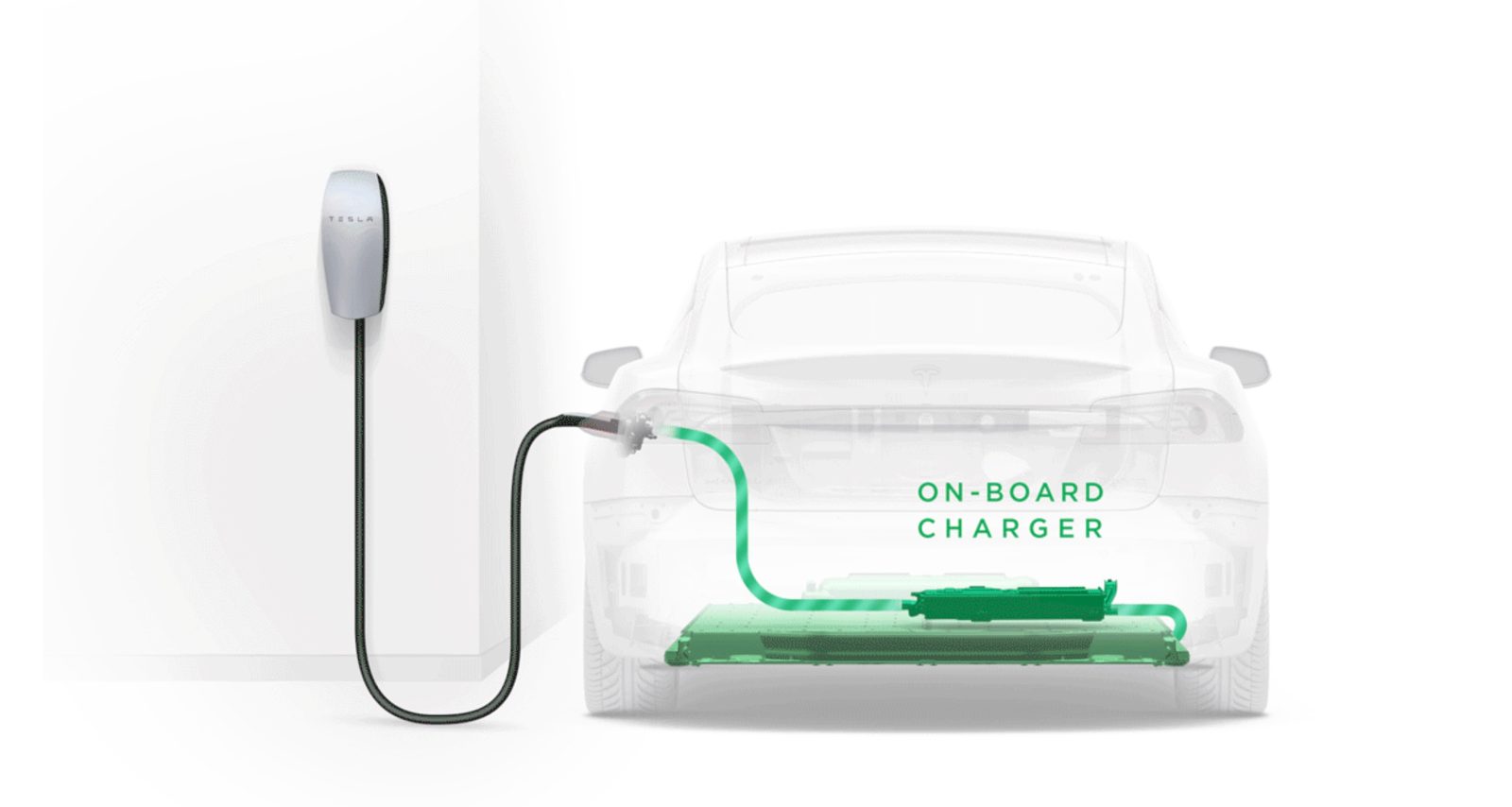
The newly launched Powerwall 3 might be an indication that Tesla is finally getting ready to bring bi-directional charging (V2G) to its electric vehicles.
Vehicle-to-grid (V2G), vehicle-to-home (V2H), and vehicle-to-load (V2L) are all ways to refer to an electric vehicle’s capacity for bi-directional charging, which means it can take a charge and also give a charge to other things, like a home, the grid, or anything, really.
It has become a popular value-added feature in electric vehicles lately.
Hyundai and Kia popularized a lot with the launch of the Ioniq 5 and EV6. Ford also made waves when launching the feature on the F150 Lightning.
But Tesla has not adopted the technology yet.
When asked about it, especially vehicle-to-home, the automaker has mostly referred customers to its Powerwall, which it believes to be a better product as it is always connected to your home, unlike a vehicle, and you don’t negatively affect your car’s battery.
While it’s a good argument, customers often point out bi-directional charging is about more than V2H or V2G. Tesla owners would like to have the opportunity to use their vehicle’s battery pack to power other things on the road and in remote areas.
Earlier this year, Tesla talked about upgrading the power electronics inside its vehicles to enable bi-directional charging within the next two years.
The automaker also previously discussed Cybertruck being its first vehicle with the capacity and that’s about to launch any day now.
Ned Funnell, a charging solution architect, also had an interesting observation that could give us another indication that Tesla is preparing to launch bidirectional charging.
The charging expert noted that the newly launched Powerwall 3 had an upgraded power capacity of 11.5 kW and that’s with a bi-directional charger. That capacity happens to be the same as the on-board chargers in all the latest Tesla vehicles except from the base Model 3:

It begs the question: Is it a coincidence or is the new Powerwall 3 using the same system as the onboard charger in the latest Tesla vehicles, which would mean that they are bi-directional charging capable?
Electrek’s Take
I am leaning toward it not being a coincidence, but I could be wrong. I am actually with Elon on this one. I don’t think the value of V2H is massive without a stationary battery designed for it.
But it’s relatively easy to add to vehicles, so why not have it for those who want to use it?
I think the suspicion that only a small minority of owners will end up using it will turn out to be true, but even if you are using only a few times in your overall vehicle ownership, it might be worth it for the little cost it adds to the vehicle.
For the impact on the grid, I think the controllable load of electric vehicles is going to have a better impact that V2G.
What do you think? Let us know in the comment section below.
FTC: We use income earning auto affiliate links. More.